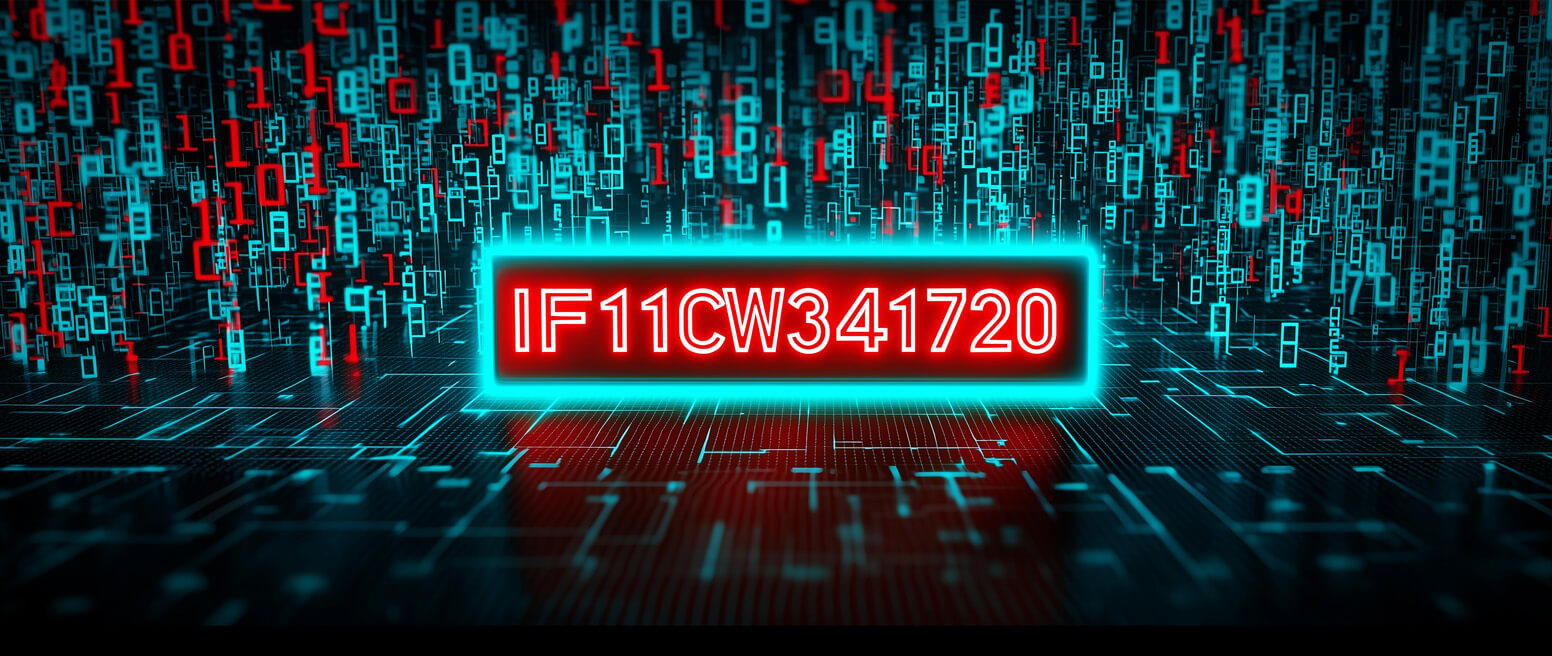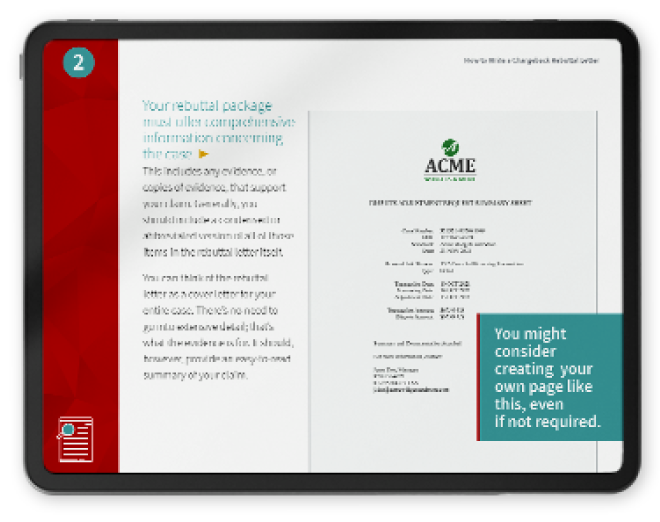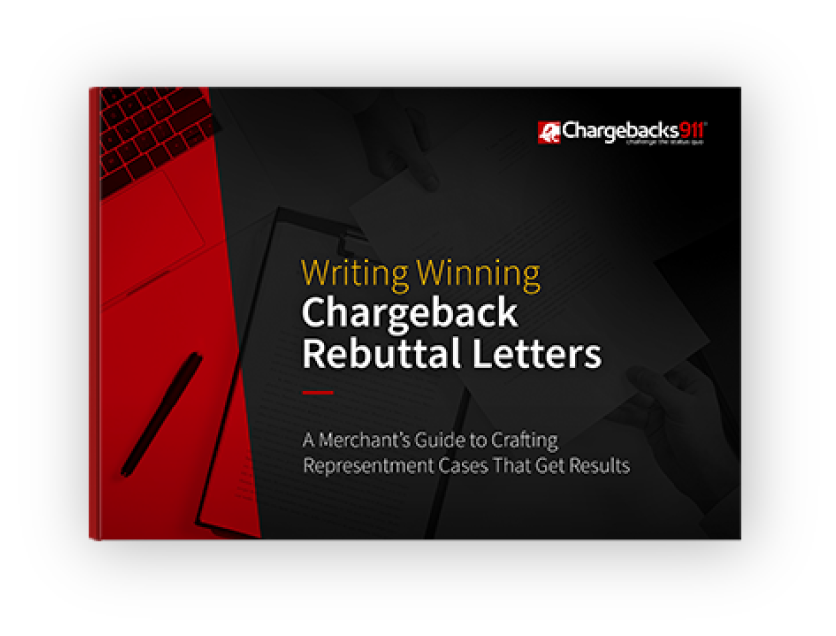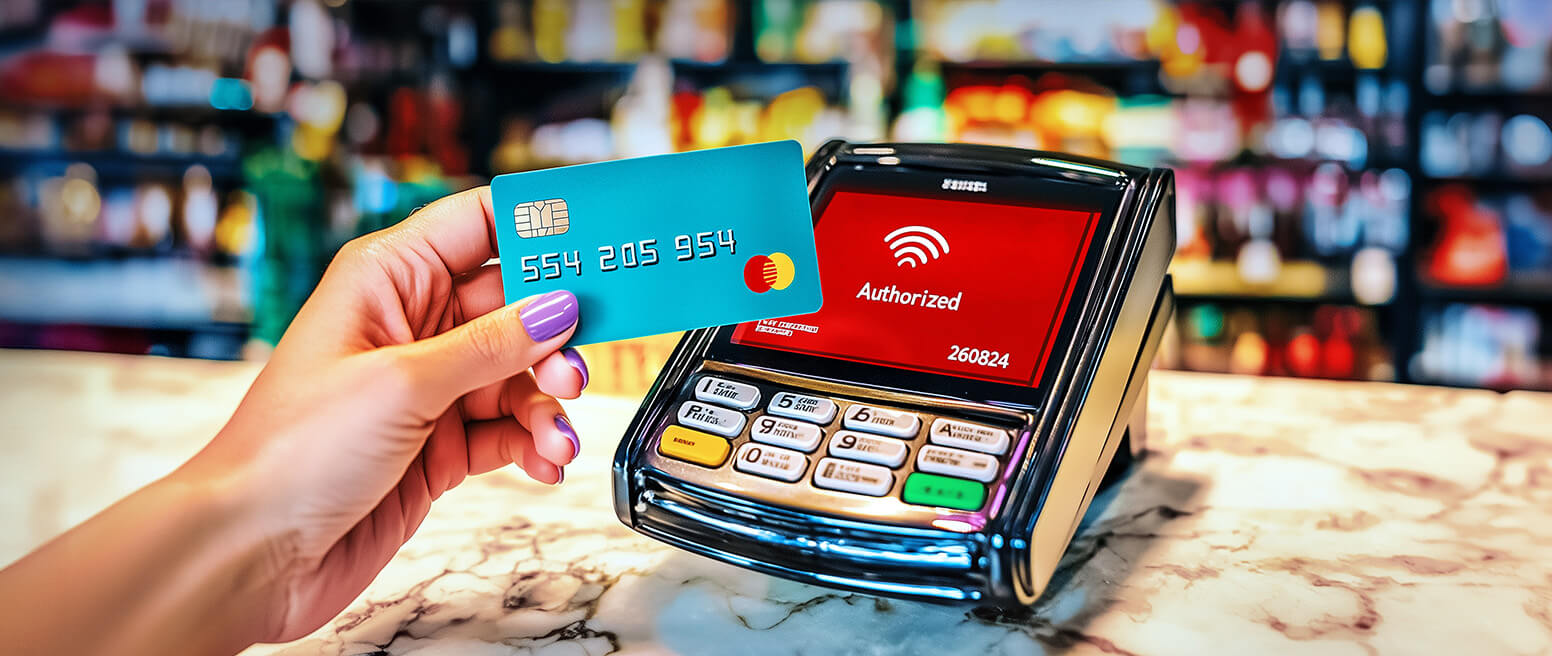What Do Transaction IDs Have to do With Chargeback & Fraud Management?
Suppose you just started working with a new merchant account processor. They sent you an invoice featuring a bunch of numbers and transaction notes. The transaction ID number tied to the sale will be included in that jumble of figures.
What is the transaction ID, though? How it works and why it’s important are all things you should familiarize yourself with as soon as possible.
Not sure where to start? Don’t worry: we can help.
Recommended reading
- How To Fix A Declined Debit Card
- Authorization Holds: What are They & Why Are They Used?
- Credit Card Decline Codes: The Complete List for 2025
- Credit Card Processing Fees: How to Lower Your Rate in 2025
- Credit Card Decline Rate: How to Calculate & Recover Sales
- Do You Know the Credit Card Authorization Codes?
What Is a Transaction ID?
- Transaction ID
A transaction ID is a sequence of numbers generated during the electronic transfer of funds from a consumer to a merchant. The number is used to identify a transaction for recordkeeping purposes.
[noun]/tran • zak • SH(ə)n • ī • dē/
Transaction IDs are often located on a receipt or invoice near other essential transaction data like the merchant name, billing address, date of purchase, and order number. Computers use them to sort relevant information tied to a transaction.
Transaction IDs shouldn’t be confused with terminal IDs, purchase order numbers, or payment ID numbers. Order numbers are private to the business making the sale and wouldn’t necessarily be included in a processor’s invoice. In contrast, these IDs are assigned by the processor that facilitates the purchase and are assigned randomly.
Payment ID numbers are processor-specific and function much like a merchant ID number on an invoice. All of these numbers will appear at the top of a purchase receipt or billing invoice and be sorted according to relevance.
What are Transaction IDs Used for?
Transaction IDs are identifiers that help merchants, payment processors, and banks track transactions. prevent duplicates, and combat fraud.
Merchants, payment processors, cardholders, and financial institutions all use transaction IDs to track and locate transaction records in various ways.
For example, merchants can use these key identifiers in conjunction with other security measures such as encryption or multi-factor authentication to prevent payment fraud. Likewise, payment processors can use these indicators to monitor pending transactions.. Cardholders, meanwhile, can use them to track shipments and deliveries.
Transaction IDs are also useful for resolving disputes. Cardholders who include them when requesting refunds or filing chargebacks can help merchants and banks identify, examine, and reverse transactions with greater speed and accuracy.
Transaction IDs can help quickly recall details including:
Transaction Status
When was the purchase made? Was the transaction successful? What was the payment method used for the purchase? How was the buyer authenticated?
Order Details
How much was the cardholder charged for each item? Were taxes, shipping, or handling fees involved? What items were purchased? Has the order shipped? When will it arrive?
Loyalty Program Information
How many loyalty points did the customer earn from the transaction? Did the buyer use a coupon or redeem a discount? Did the customer use a gift card to make the purchase?
Payment Gateway
How was the transaction processed? Which terminal or payment gateway was used? What was the associated Payment ID? Did the transaction occur in-person or online?
Finally, retailers can use these identifiers to analyze sales trends, manage inventories, and forecast revenue. Because transaction IDs are unique, they also promote data integrity, prevent duplicate transactions, and leave an audit trail, all of which help merchants stay in compliance.
Where Do I Find a Transaction ID?
Unique transaction ID numbers appear on transaction receipts, billing invoices, or other proof of purchase when a payment is made via a payment gateway. The specific combination of numbers depends on the transaction’s processor, but is usually comprised of a 12-18 character alphanumeric code.
Keep in mind that maintaining access to this information is not optional. This information must be easy to locate, itemize, and sort. Your bank or processor should be able to pull up any pertinent transaction details without hassle, including your transaction history, payment methods, and customer identification.
Aside from good bookkeeping in general, if you receive a dispute or refund, your processor must provide these details to the issuing bank and confirm your merchant details.
In theory, if a fraudster has access to breached data from the processor or gateway, or if they have successfully infiltrated the network in some way, they could use one of these numbers to commit fraud. However, this is extremely unlikely to happen in any case. Transaction IDs are hard to access out of network and are suitable for one use only.
The Role of Transaction IDs in Chargeback Management
Transaction IDs are an important chargeback management asset. Merchants can use them to help keep tabs on unusual buyer behavior, identify disputed transactions, and pull in evidence that can be compiled into a representment package.
Merchants with streamlined transaction tracking systems can reduce processing errors, which can in turn prevent disputes. But, even when chargebacks inevitably arise, merchants can use transaction IDs to trace details about a transaction, like items purchased, shipping information, confirmation emails, the amount paid, and the transaction date. These data points can help merchants furnish more compelling counter-evidence and draft better rebuttal letters during the chargeback representment process.
Used proactively, they can even help merchants resolve customer complaints or issue preemptive refunds; doing so can prevent full-fledged disputes and allow sellers to maintain acceptable chargeback ratios.
To be clear: transaction IDs, in and of themselves, cannot prevent chargebacks or unauthorized purchases. However, they can aid merchants in identifying anomalies, issuing refunds, and fighting chargeback claims that do arise.
There is no such thing as a transaction ID tracker.
Transaction ID Troubleshooting
Transaction IDs are pretty straightforward, but problems sometimes crop up. Here are some common issues and what to do about them.
Missing ID
Problem:
- You can’t find the transaction ID in question.
Troubleshooting steps:
- Take a look at emails or receipts. Look for analogous data points like “Order ID” or “Reference Number.” Alternatively, log into your payment processing account and look through your transaction history. Reach out to your processor if you still can’t find anything.
Duplicate ID
Problem:
- The same number is associated with more than one transaction.
Troubleshooting steps:
- This is probably a system error. Get in touch with your payment processor to address the issue.
ID Not Recognized
Problem:
- The transaction ID wasn’t keyed in correctly, failed to upload, or was uploaded to a different platform.
Troubleshooting steps:
- Double check the entry for errors. Also, confirm that you’re searching for the transaction on the correct platform. If the problem persists, contact your payment processor’s support team.
Untraceable Transaction ID
Problem:
- The number can’t be traced in the system.
Troubleshooting steps:
- This is probably due to data loss. Regularly backup transaction data or use a central repository that allows you to archive and retrieve data easily to prevent this from happening again.
Incorrect Transaction Details
Problem:
- The transaction details associated with the transaction ID are wrong.
Troubleshooting steps:
- Compare the system’s incorrect details with the correct details you have on hand. Verify that the records associated with other transactions processed during the same period are correct. Manually update records if there are any discrepancies.
Customer Inquiries
Problem:
- A customer doesn’t know where to find the ID number.
Troubleshooting steps:
- Show customers how they can locate transaction IDs on receipts or emails. Train your customer service team on how to use these to locate purchase information.
Best Practices for Managing Transaction IDs
Well-managed records can help you ward off bad actors, protect sensitive transaction details, and keep all of your information in one secure place. Here are some tips to handle these indicators properly:
Generate IDs Securely & Consistently
Use robust cryptographic algorithms. Employ a standard format for generating transaction IDs across all payment systems to prevent errors and confusion.
Use a Centralized Database
Stores all of your transaction details in one place so that you can keep a tab on your transactions, even if you use several different payment processors. Ensure your staff knows how to use your CRM to promptly trace purchases and resolve issues when they arise.
Train Your Employees
Regularly train your employees on the importance of transaction IDs. Make sure that documentation is up-to-date so that your staff know how to use these indicators to solve customers’ concerns.
Document All Transaction Records
Maintain detailed documentation of each processed transaction and all actions pertaining to it, including cancellations, refunds, or chargebacks.
Communicate Transparently
Make transaction IDs readily accessible by providing them in receipts and confirmation emails. Have clear channels of communication with customers and update them about any data formatting changes.
Strengthen Security Measures
Encrypt and store transaction IDs to protect against unauthorized access. Restrict access to your CRM to reduce the risk of data breaches, and set up real-time alerts so that you can monitor your database for suspicious activity.
Conduct Regular Audits
Perform routine audits to ensure that your database is in continual compliance with PCI-DSS requirements. Doing so can also help you keep other sensitive information out of the hands of bad actors and steer clear of penalties for noncompliance.
Need Additional Help?
If disputes are being filed against you, then professional chargeback management will provide benefits. In most scenarios, professional chargeback assistance can substantially raise your ROI. The key is finding the right partner.
The most effective chargeback professionals can deliver customized solutions for chargeback management with every facet of your dispute process.
Chargebacks911 can create a customized solution to fit your specific business. We can handle your chargebacks completely while maximizing your ROI. To learn more, contact us today.
FAQs
What is a transaction ID?
A transaction ID is a sequence of numbers generated during the electronic transfer of funds from a consumer to a merchant. The number is used to identify a transaction for recordkeeping purposes.
Can you track a transaction ID?
No. While it is true that transaction IDs can contain a heap of sensitive, privileged information (customer names, addresses, phone numbers, and credit card numbers), the good news is that this information is heavily encrypted.
Since they are randomized numbers specific only to individual, private transactions, they are extremely hard to track or duplicate. The only way they can be traced is if someone has the exact alphanumeric code associated with that transaction. This means it would be challenging for fraudsters to access or use this information.
What can fraudsters do with a Transaction ID?
Not much, in reality. These numbers are randomized numbers assigned to transactions individually and are immediately void after use. This makes accessing and copying this information extremely difficult and unlikely.
In theory, if a fraudster had access to a this number, and they have successfully infiltrated a merchant’s records, they could use one of these numbers to commit fraud. This is extremely unlikely, though.
How do I find my transaction ID?
Transaction IDs are often easily located on a receipt or invoice near other essential transaction data like the merchant name, billing address, date of purchase, and order number. Computers use these IDs to sort all relevant information per transaction.
Why should I include a transaction ID in my chargeback response?
Transaction IDs are a crucial element of any chargeback or fraud response. The help banks and processors can quickly locate and retrieve the transaction details in question. Without this ease of access, many problems can occur.
Depending on your managing card network and the chargeback reason code cited, you would use your transaction ID to craft the best chargeback rebuttal letter possible, as it provides a succinct snapshot of the transaction in dispute.
How can I look up a transaction ID?
Your 12-digit transaction ID can be found on your receipt or in your bank statement. As a merchant, you can also consult your payment gateway, which logs these numbers.
How to check if transaction ID is real or fake?
If you’re worried that a transaction ID is fake, see if you can cross-reference it with receipts, bank statements, confirmation emails, or information from your payment gateway. If the identifier doesn’t appear in your other records, it could be invalid.
















